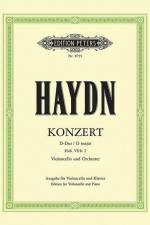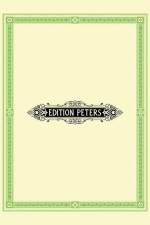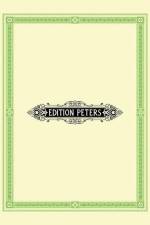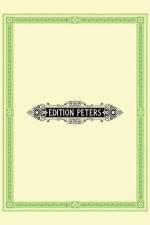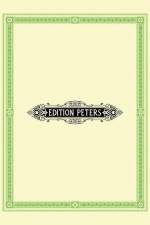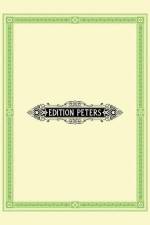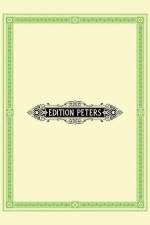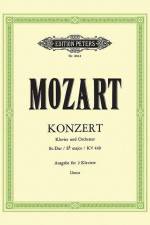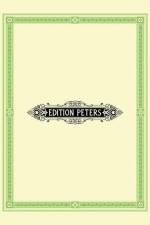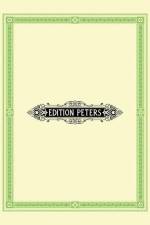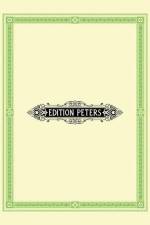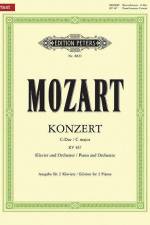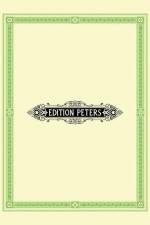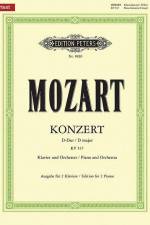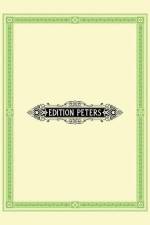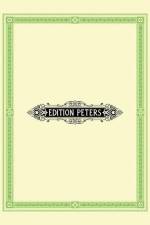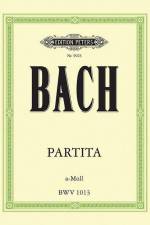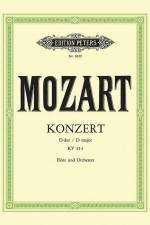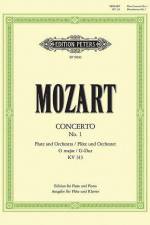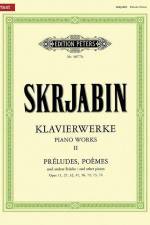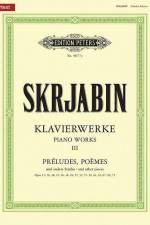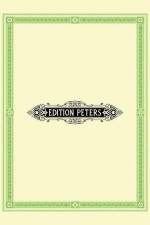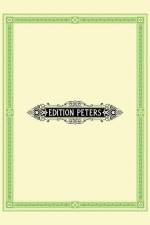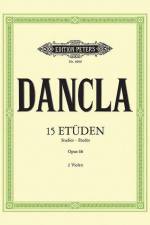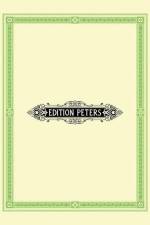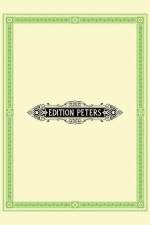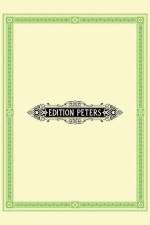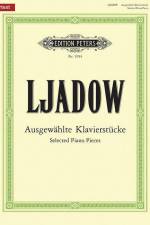419
Alexander Scriabin composed sets of Études throughout his life in all periods of his compositional development. These pieces push the technical limits while finding new musical and poetic vistas.This edition is volume 3 of his Selected Piano Works, including Préludes (Op. 13, 16, 48, 67), Poèmes (Op. 61, 63, 69, 71), and Other Pieces (Op. 38, 45, 46, 51, 52, 57-59) which have been prepared by Günter Philipp. It contains an authoritative text of the notation, preface in German and English, and a critical commentary.Alexander Skrjabin komponierte während seines gesamten Lebens und in allen Phasen seiner kompositorischen Entwicklung Etüden. Diese Stücke stoßen an die technischen Grenzen und eröffnen neue musikalische und poetische Perspektiven.Die vorliegende Ausgabe ist Band 3 seiner Ausgewählten Klavierwerke, darunter Préludes (op. 13, 16, 48, 67), Poèmes (op. 61, 63, 69, 71) und andere Stücke (op. 38, 45, 46, 51, 52, 57-59), die von Günter Philipp bearbeitet wurden. Sie enthält einen maßgeblichen Notentext, ein Vorwort in deutscher und englischer Sprache sowie einen kritischen Kommentar.

